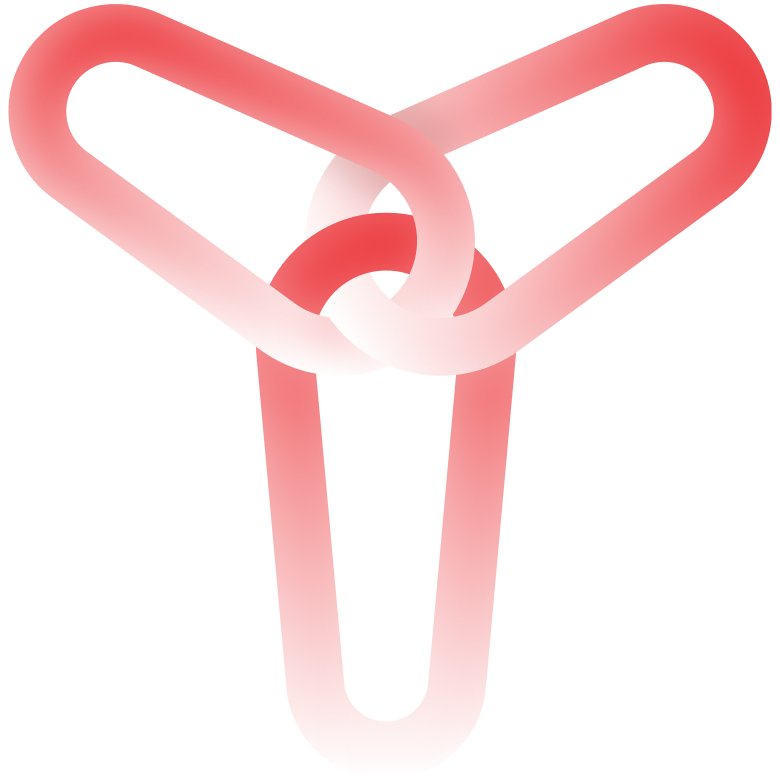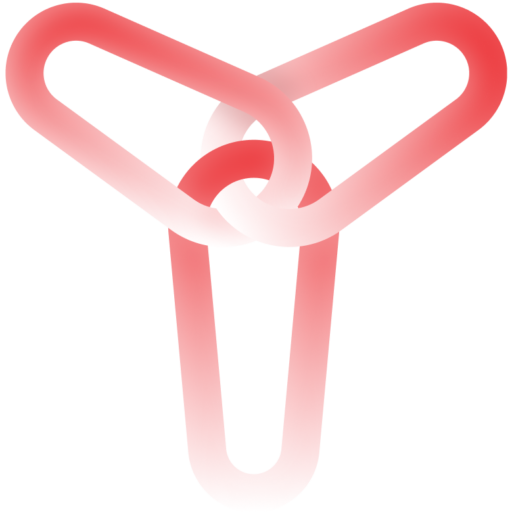In the digital age, the effectiveness of online marketing strategies is pivotal to a business’s success, and among these strategies, the role of landing pages is crucial. Landing pages serve as the entry point for visitors on a website, crafted meticulously to capture attention and convert this attention into action. These specialized web pages are tailored to initiate a user’s journey through a targeted marketing campaign, ultimately leading to higher engagement and conversion rates.
Focusing on Scrap.com, a prominent platform dedicated to recycling and scrap trading, the use of landing pages is not just a tool but a necessity. The scrap trading industry, where transactions are highly dependent on trust and rapid decision-making, benefits immensely from well-constructed landing pages. These pages not only help to present information in a clear and concise manner but also enhance user engagement by addressing specific user needs and encouraging interaction. By optimizing these entry points, Scrap.com can significantly influence its business outcomes, from increasing the volume of recycled materials traded to expanding its customer base in the competitive recycling market.
Table of Contents
ToggleUnderstanding Landing Pages for Scrap.com
A. Definition and Purpose
Landing pages are specialized web pages designed with a single focus or goal, known as a call-to-action (CTA). In the realm of marketing, these pages are used strategically to convert visitors into leads or customers by encouraging actions such as signing up, making a purchase, or filling out a contact form. Unlike general web pages, which may have various purposes and links, landing pages are crafted to keep the user’s attention directed towards this singular goal, minimizing distractions and honing in on the specific interests of the visitor.
In industries like scrap trading and recycling, landing pages are essential tools for addressing the unique aspects of the market. For Scrap.com, a landing page can be tailored to highlight the environmental benefits of recycling, showcase the ease of trading scrap materials, or provide detailed guides on how to get the best value for different types of recyclable materials. By customizing the content to meet the specific needs and concerns of the industry, these landing pages can resonate more effectively with the target audience, ensuring that the message is both relevant and compelling.
B. Importance in the Scrap Industry
The scrap trading and recycling sectors are rapidly embracing online platforms as a means to expand their reach and streamline their operations. According to recent statistics, the global recycling industry, including scrap trading, is projected to grow significantly, with much of the trading moving online. This shift underscores the necessity for robust digital marketing strategies, of which landing pages are a central component.
Key Elements of an Effective Landing Page
A. Clean and Attractive Design
The visual appeal and professional design of a landing page are crucial in capturing and maintaining visitor interest. First impressions are formed within milliseconds of viewing a webpage, and a cluttered or outdated design can deter potential customers. For Scrap.com, the design should convey trustworthiness and professionalism, reflecting the values of the recycling industry.
Tips for a layout that highlights key information without clutter:
- Use a Grid Layout: Organize content into grids, which help keep the layout clean and the content organized.
- Visual Hierarchy: Employ size, color, and placement to give prominence to the most important information, guiding the visitor’s eye naturally through the content.
- Minimalistic Approach: Reduce the use of excessive colors, fonts, and images that do not add value. This helps in focusing the user’s attention on the crucial elements, like CTAs and value propositions.
- Relevant Imagery: Use images that are relevant to scrap trading and recycling, such as high-quality photos of materials, processes, or infographics explaining the benefits of recycling.
B. Compelling Content
The content of a landing page should be crafted meticulously to not only grab attention but also retain it long enough to encourage action. This involves creating engaging headlines and body content that speak directly to the visitor’s interests and needs.
How to craft headlines and content that capture and retain visitor attention:
- Headline Clarity: Ensure that the headline is direct and clearly states the value of the offer. For example, “Turn Scrap into Cash: Quick and Easy Recycling Solutions.”
- Benefit-Oriented Content: Focus on how Scrap.com’s services can solve problems or improve the visitor’s situation, such as increasing revenue from scrap materials or simplifying the recycling process.
- Engaging Tone: Maintain a tone that is professional yet approachable, which resonates well with both individual recyclers and larger businesses.
Using persuasive language tailored to the target audience of Scrap.com:
- Emotional Appeal: Tap into the environmental consciousness of the audience by highlighting the positive impact of recycling on the planet.
- Authority: Use data and trusted sources to back up claims, building credibility.
- Urgency: Create a sense of urgency with phrases like “limited time offer” or “start today to make a difference.”
C. Clear Call-to-Action (CTA)
A strong call-to-action is vital for converting visitors into leads or customers. It guides them on what to do next, removing any ambiguity that might prevent them from taking action.
Significance of a strong CTA:
- A clear CTA button or link ensures that visitors are not confused about how to proceed, whether it’s signing up, making a purchase, or getting more information.
- It reduces friction in the conversion process, directly influencing the conversion rates.
Examples of effective CTAs for the scrap and recycling market:
- Get a Quote Now: This CTA can be used for visitors looking to find out the value of their scrap material.
- Schedule a Pickup: Ideal for users ready to recycle large quantities of materials.
- Learn More About Recycling: This CTA can link to educational content for those at the top of the sales funnel, not yet ready to commit but interested in learning more about the benefits and processes of recycling.
SEO Strategies for Landing Pages
A. Keyword Optimization
Effective use of keywords is essential for search engine optimization (SEO) as it helps ensure that the right users find your landing pages through search engines. For a keyword like “Scrap.com landing pages,” the goal is to target individuals specifically looking for landing pages related to scrap trading and recycling.
How to effectively use keywords for SEO:
- Keyword Placement: Incorporate the target keyword in key parts of the page such as the title tag, meta description, headings, and throughout the content where relevant. This helps search engines understand the page’s focus.
- Contextual Relevance: Use the keyword in a way that fits naturally within the content. Overuse or “keyword stuffing” can harm SEO and user experience.
Tools and techniques for keyword research and integration:
- Google Keyword Planner: A free tool that helps you find keywords related to your business and see estimates of the searches they receive and the cost to target them.
- SEMrush or Ahrefs: These tools provide more advanced insights, including keyword difficulty, search volume, and the potential for organic traffic.
- LSI Keywords: Use Latent Semantic Indexing (LSI) keywords that are semantically related to your primary keyword to help improve search engine rankings and relevancy.
B. Mobile Optimization
With the increasing prevalence of mobile devices, having a mobile-friendly website is no longer optional but a necessity. Mobile optimization impacts not only user experience but also SEO, as search engines like Google prioritize mobile-friendly websites in their rankings.
The necessity of mobile-friendly designs in today’s market:
- User Base: Over 50% of global website traffic now comes from mobile devices. Websites that are not optimized for mobile may fail to engage a significant portion of their potential audience.
- Search Engine Rankings: Google uses mobile-first indexing, meaning it predominantly uses the mobile version of the content for indexing and ranking.
Latest statistics on mobile usage and its impact on search engine rankings:
- Websites that load in 5 seconds on mobile see 70% longer average sessions compared to those that take 19 seconds (source: Google).
- 53% of mobile users abandon sites that take longer than 3 seconds to load (source: Google).
C. Loading Speed and Technical SEO
Page speed is a critical factor for both SEO and user experience. Faster pages are more efficient and provide a better experience, which can improve engagement and conversion rates.
Impact of page speed on SEO and user experience:
- SEO: Google has explicitly mentioned page speed as a ranking factor. Faster pages are indexed quicker and tend to rank higher in search results.
- User Experience: Pages that load quickly reduce bounce rates and encourage users to stay longer on the site, increasing the chances of conversion.
Tools to analyze and improve loading times:
- Google PageSpeed Insights: Provides insights into how well your page performs and offers specific recommendations for improvement.
- GTmetrix: Analyzes your page’s speed performance using Google PageSpeed and YSlow metrics, detailing necessary optimizations.
- WebPageTest: Offers detailed performance reviews including load times, first byte, and overall download time, across multiple devices and geographic locations.
Using Analytics to Refine Landing Pages
A. Key Metrics to Monitor
To ensure your landing pages are performing effectively, it is essential to monitor specific metrics that provide insights into user behavior and interaction. These metrics help determine the success of the landing page in achieving its goals and offer clues on areas that may need improvement.
Key metrics to monitor:
- Bounce Rate: This metric indicates the percentage of visitors who leave your site after viewing only the landing page. A high bounce rate might suggest that the page isn’t engaging enough or doesn’t meet the expectations set by your marketing channels.
- Conversion Rate: Perhaps the most critical metric for a landing page, this measures the percentage of visitors who complete the desired action, whether it’s filling out a form, making a purchase, or signing up for a newsletter.
- User Engagement: Metrics such as time on page, pages per session, and interaction with site elements (like video plays or downloads) provide insights into how engaging and compelling your content is.
How these metrics inform the effectiveness of a landing page:
- Bounce Rate: Helps in understanding whether the first impression is strong enough to keep potential customers on the page.
- Conversion Rate: Directly relates to how well the page persuades visitors to take the desired action, highlighting the effectiveness of the CTA, content, and overall page design.
- User Engagement: Indicates how well the content resonates with the audience, which parts of the page are most engaging, and what might be ignored.
B. Tools for Tracking and Improvement
To effectively monitor and improve these metrics, various analytical tools and testing methods can be employed. These tools provide data that is crucial in making informed decisions about how to optimize landing pages.
Overview of tools for tracking and improvement:
- Google Analytics: Provides comprehensive data on all of the above metrics and more. It allows you to see how users interact with your landing page, where they come from, and where they go after.
- A/B Testing Software: Tools like Optimizely or VWO enable you to test different versions of your landing page to see which elements perform best in terms of conversion and engagement.
- Heat Maps: Tools such as Hotjar or Crazy Egg show where users are clicking, how far they scroll, and what they are ignoring on your landing page.
Tips on using data to make informed adjustments to landing pages:
- Test One Change at a Time: When using A/B testing, only change one element at a time (like a headline or a CTA button color) to clearly understand how that change impacts performance.
- Segment Your Data: Look at how different user segments (such as mobile vs. desktop users) interact with your page differently. This can help tailor the experience to suit different needs.
- Regular Review: Set a schedule to regularly review performance data and make adjustments. Landing page optimization is an ongoing process, and what works today may not be as effective in the future.
Case Studies and Success Stories
A. Examples of Successful Scrap.com Landing Pages
Examining real-world examples of successful landing pages within the scrap industry can provide valuable insights and help replicate success by applying learned best practices.
Case Study 1: Efficient Metal Recycling Page
- Description: This landing page featured a streamlined process for estimating the value of various metals, complete with an easy-to-use metal weight calculator.
- Success Factors: Clear CTA, immediate value estimation, and an assurance of payment within 24 hours.
- Lesson: Providing immediate value and clear, fast results keeps users engaged and more likely to convert.
Case Study 2: Eco-Friendly Scrap Disposal Page
- Description: This page focused on the environmental benefits of recycling scrap, targeting environmentally conscious businesses and individuals.
- Success Factors: Emotive imagery, compelling statistics about environmental impact, and testimonials from satisfied users.
- Lesson: Aligning the page content with the values and emotions of the target audience can significantly enhance engagement and conversions.
B. Common Pitfalls to Avoid
Several common mistakes can undermine the effectiveness of a landing page. Recognizing and avoiding these pitfalls can greatly improve the performance of your landing pages.
Typical Mistakes:
- Overloading with Information: Landing pages that are cluttered with too much information can overwhelm visitors and dilute the main message.
- Weak or Unclear CTAs: If visitors are unsure about what action to take next, they are likely to leave without converting.
- Ignoring Mobile Users: Not optimizing for mobile devices can alienate a large portion of potential traffic.
- Slow Load Times: Pages that take too long to load can lead to high bounce rates as users lose patience.
How to Avoid These Errors:
- Streamline Content: Focus on the essential information that will guide users towards making a decision. Use bullet points, concise text, and clear headings.
- Emphasize CTAs: Make CTAs stand out with contrasting colors and persuasive text that creates a sense of urgency or benefit.
- Mobile Optimization: Ensure that the landing page is responsive, loads quickly, and is easy to navigate on mobile devices.
- Improve Loading Speeds: Optimize images, leverage browser caching, and minimize the use of heavy scripts.
Conclusion
Throughout this article, we have explored various essential elements and strategies that contribute to the creation of effective landing pages for Scrap.com, a platform focused on scrap trading and recycling. Here’s a recap of the key points discussed:
- Understanding Landing Pages: We defined landing pages and their specific applications in the scrap and recycling industry, emphasizing how they can be tailored to meet the unique needs of this sector.
- Key Elements of Effective Landing Pages: We highlighted the importance of clean and attractive design, compelling content, and clear calls-to-action (CTAs) as fundamental components that contribute to the success of a landing page.
- SEO Strategies: We discussed critical SEO techniques such as keyword optimization, mobile optimization, and the impact of loading speeds, which are pivotal in enhancing the visibility and effectiveness of landing pages.
- Using Analytics to Refine Landing Pages: We covered the importance of tracking key metrics like bounce rate, conversion rate, and user engagement, and how tools like Google Analytics, A/B testing software, and heat maps can help in making informed adjustments.
- Case Studies and Success Stories: We reviewed real-world examples of successful landing pages within the scrap industry, deriving lessons from these cases and pointing out common pitfalls to avoid.
By applying these strategies to your Scrap.com landing pages, you can significantly improve their effectiveness. Each element discussed, from SEO to design and content, works synergistically to attract, engage, and convert visitors. Remember, the creation of a landing page is not a one-time task but an ongoing process of testing, refining, and adapting to new insights and technologies.







